
Better Model Railroad Layout Design for Larger Scenes
MRA EditorsIf every model railroader had their way, they’d have unlimited room to build their layout. Building in tight quarters can often be difficult and limiting in regard to the amount of scenery you’re able to include. However, just because you have a small space to work with when planning your model railroad layout design doesn’t mean your scene has to look small and cramped.
There are number of simple techniques and tricks you can use regardless of skill level to make your model railroad layout design appear much bigger to your viewers than it actually is. In this lesson, we teach you some of our favorite ways to maximize space and give the illusion of grander scale when planning a new model railroad layout design.
Making scenes larger with better model railroad layout design
Convincing your viewers that a model railroad layout design is larger than in actuality is simply a matter of tricking the eye. Illusions are the name of the game, and layout designer Doug Gurin has a variety of expert tips and tricks you can use to give more depth and grandeur to your model railroad layout design. To demonstrate these, he goes behind the scenes of one of his favorite scale models, designed after the B&M New Hampshire, and highlights some of the best space-maximizing techniques the modeler used during construction.
Doug begins his overview of this expert model railroad layout design by talking about ways to use backdrop buildings, strips of waterways and fascia-facing tracks to allow the viewer’s eye to fill in the rest of the picture. The goal is to give a taste of the whole thing by showing just a portion and letting them do the rest.
Next Doug discusses tips for using ground cover, neutral-colored backdrops and industrial tracks to increase the size of the staging areas in your model railroad layout design. He also introduces a few design concepts for framing a scene, with additional tips on using visual events such as buildings and mini scenes to break a scene into separate parts that the viewer can take in individually. And finally, Doug discusses the importance of giving train operators a sense of isolation by utilizing walls and high backdrops in your model railroad layout design. With these tips on good design practices, you’ll be able to make a small space feel like it goes on forever!
Explore videos by MRA Editors
You may be interested in
Premium Membership
Unlock exclusive member content from our industry experts.
- 24/7 Access to Premium Model Railroading Videos, Projects, and Tips
- Step-by-Step Instructional Guides & Layout Plans
- 50% Off Video Downloads Purchased in the Model Railroad Academy Shop
- Access to Ask the Expert Program
Unlock exclusive member content from our industry experts.
- 24/7 Access to Premium Model Railroading Videos, Projects, and Tips
- Step-by-Step Instructional Guides & Layout Plans
- 3 Full-Length Video Downloads to Watch Offline
- 50% Off Video Downloads Purchased in the Model Railroad Academy Shop
- Access to Ask the Expert Program
Gold Membership
$326 Value
Get everything included in Premium plus exclusive Gold Membership benefits.
- 24/7 Access to Premium Model Railroading Videos, Projects, and Tips
- Step-by-Step Instructional Guides & Layout Plans
- 9 Full-Length Video Downloads to Watch Offline
- 2 Full-Length Classes to Keep for Life
- 2 Downloadable Guides
- Discounts on Purchase-to-Own Content in the Model Railroad Academy Shop
- Access to Ask the Expert Program
- Exclusive GOLD LIVE Streaming Events





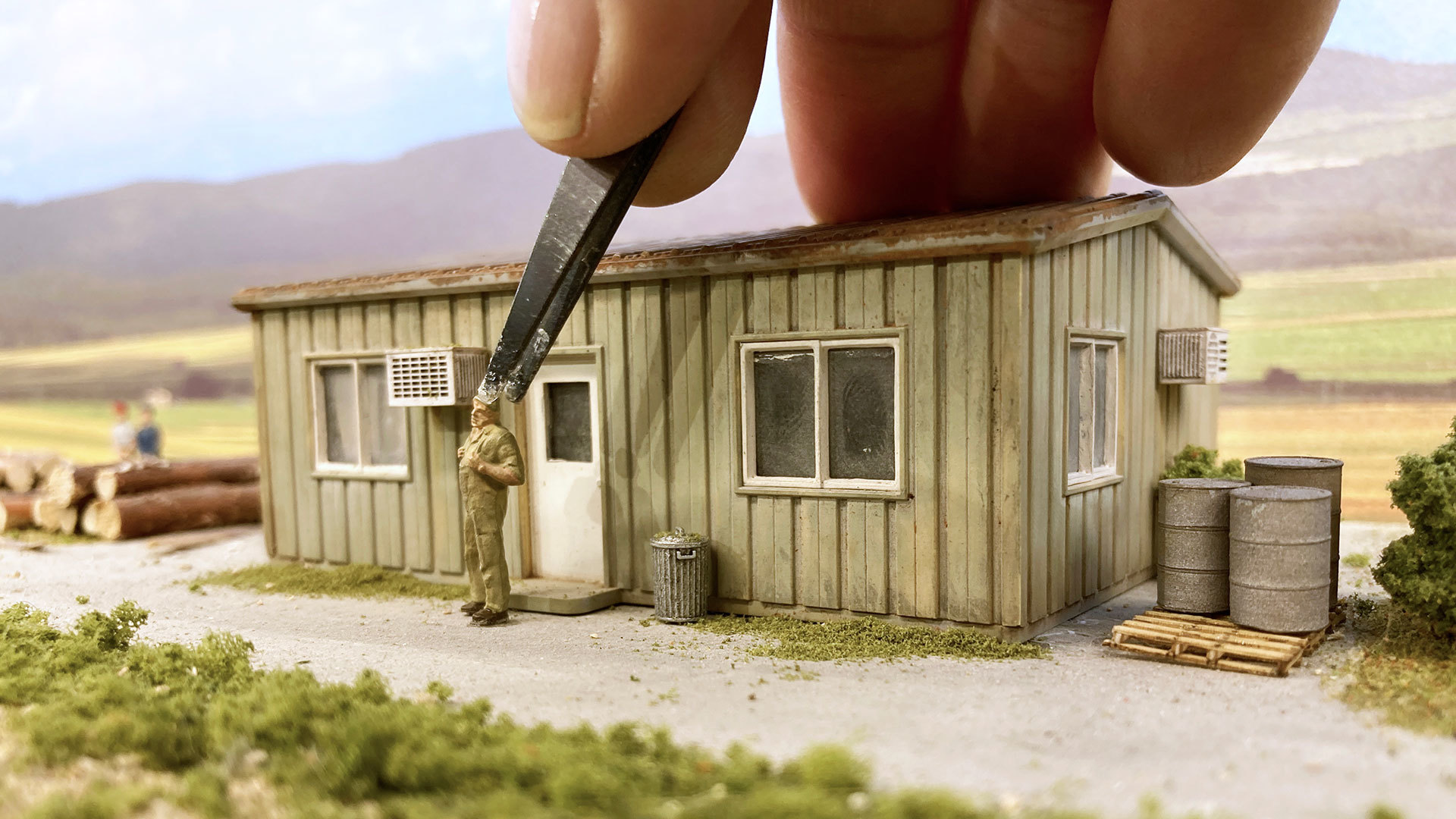
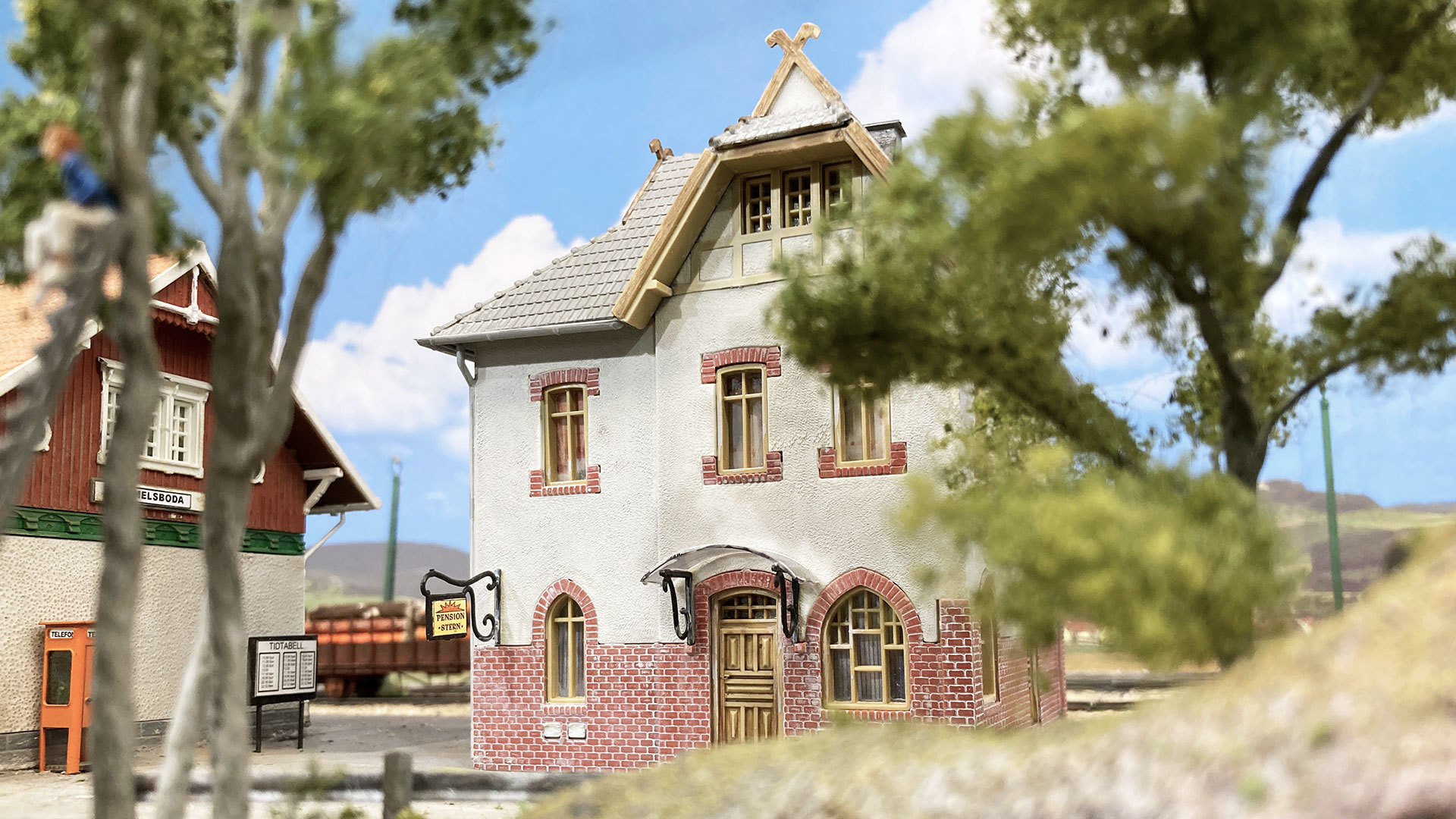
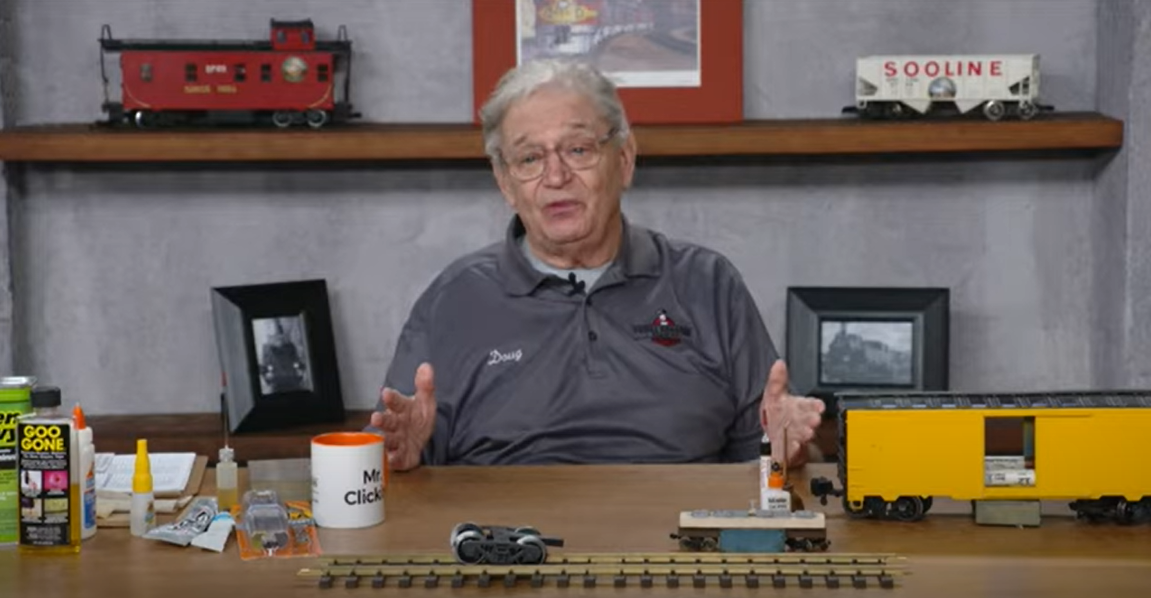
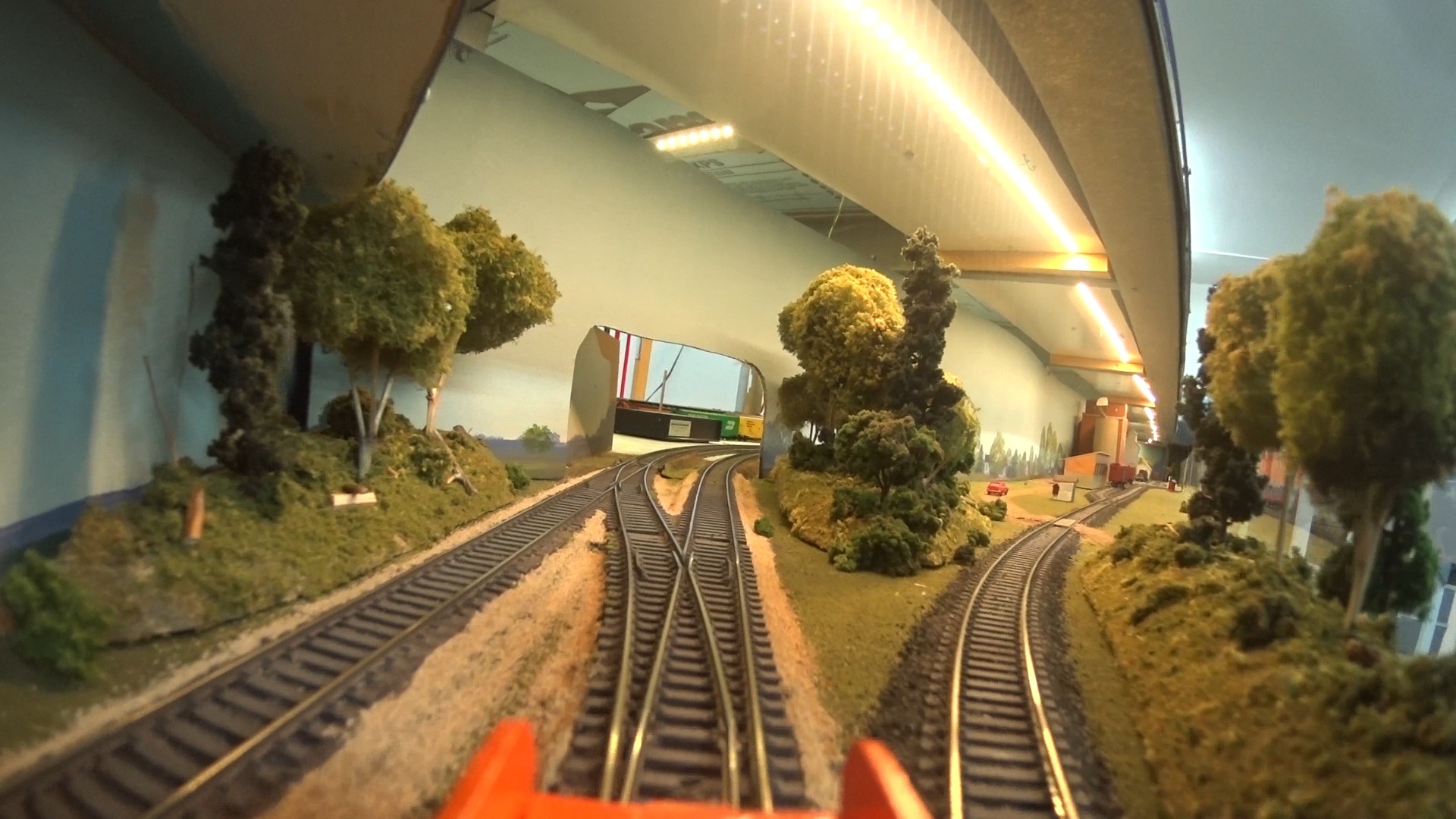

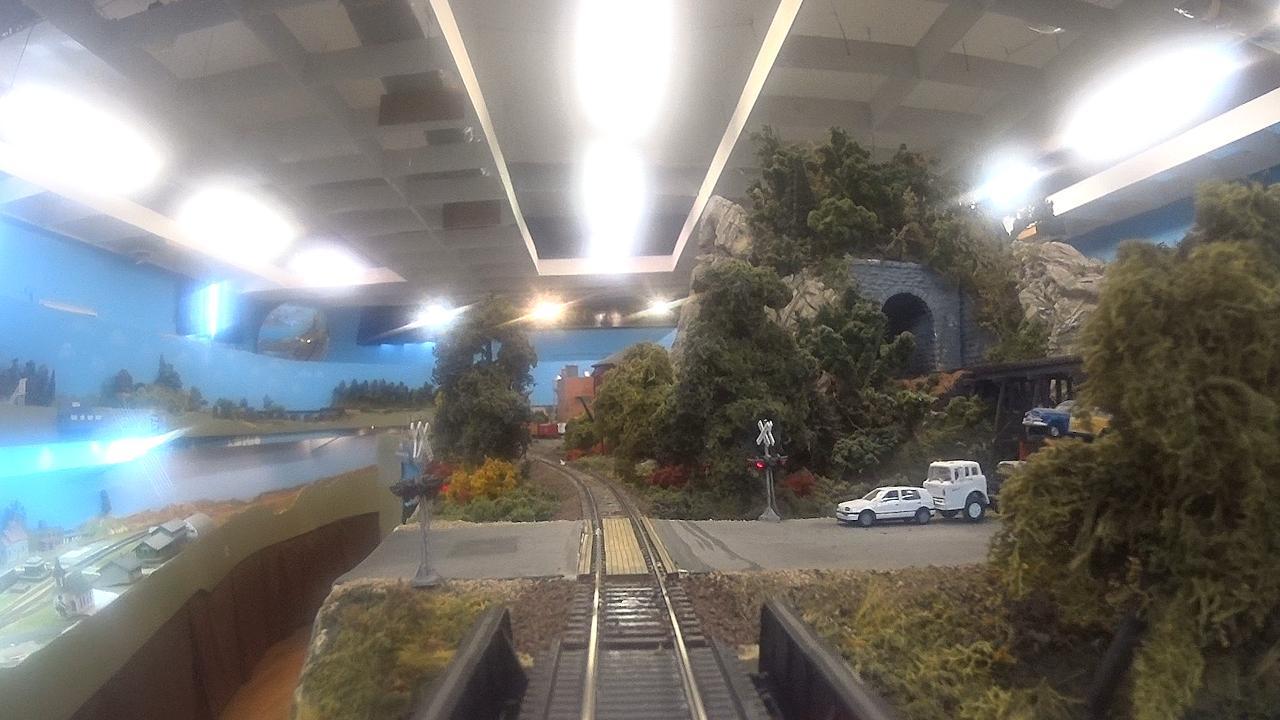


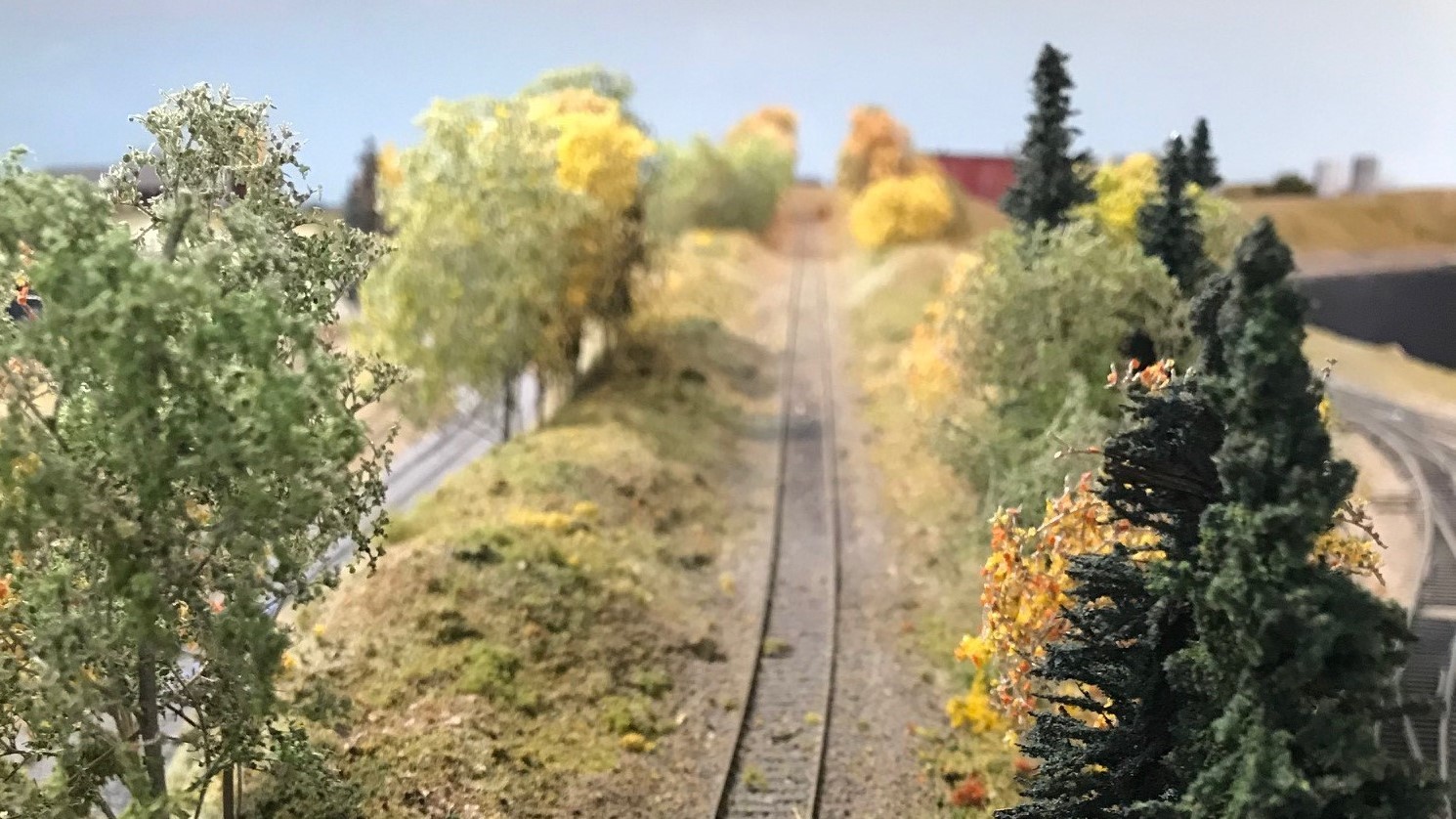
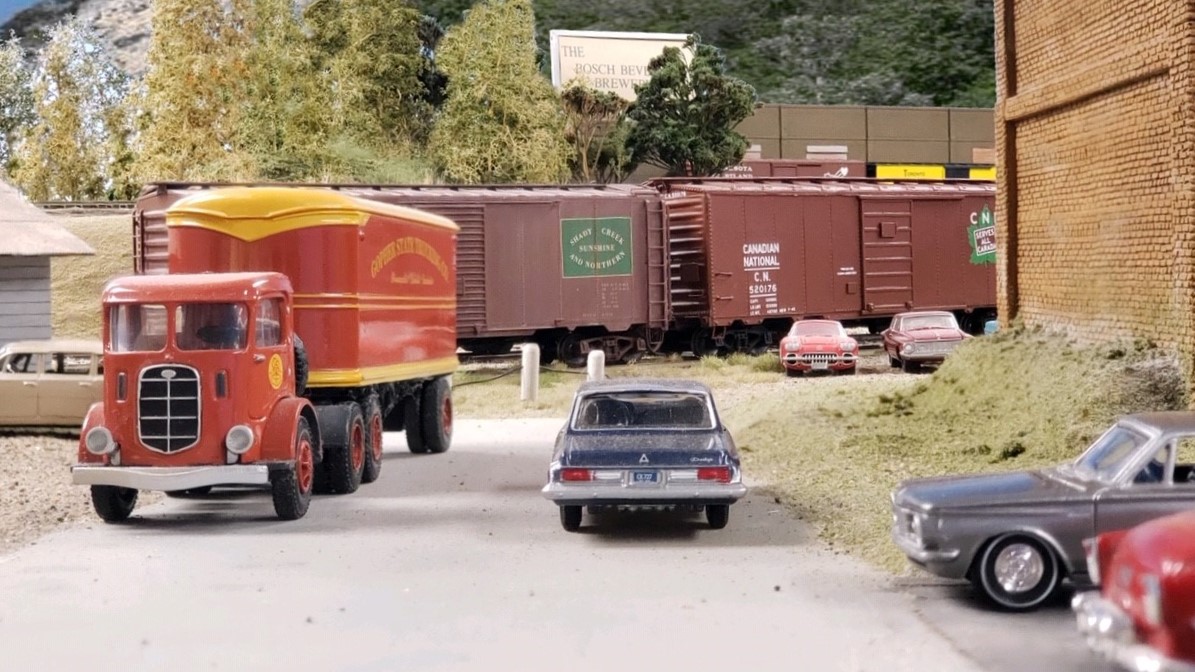


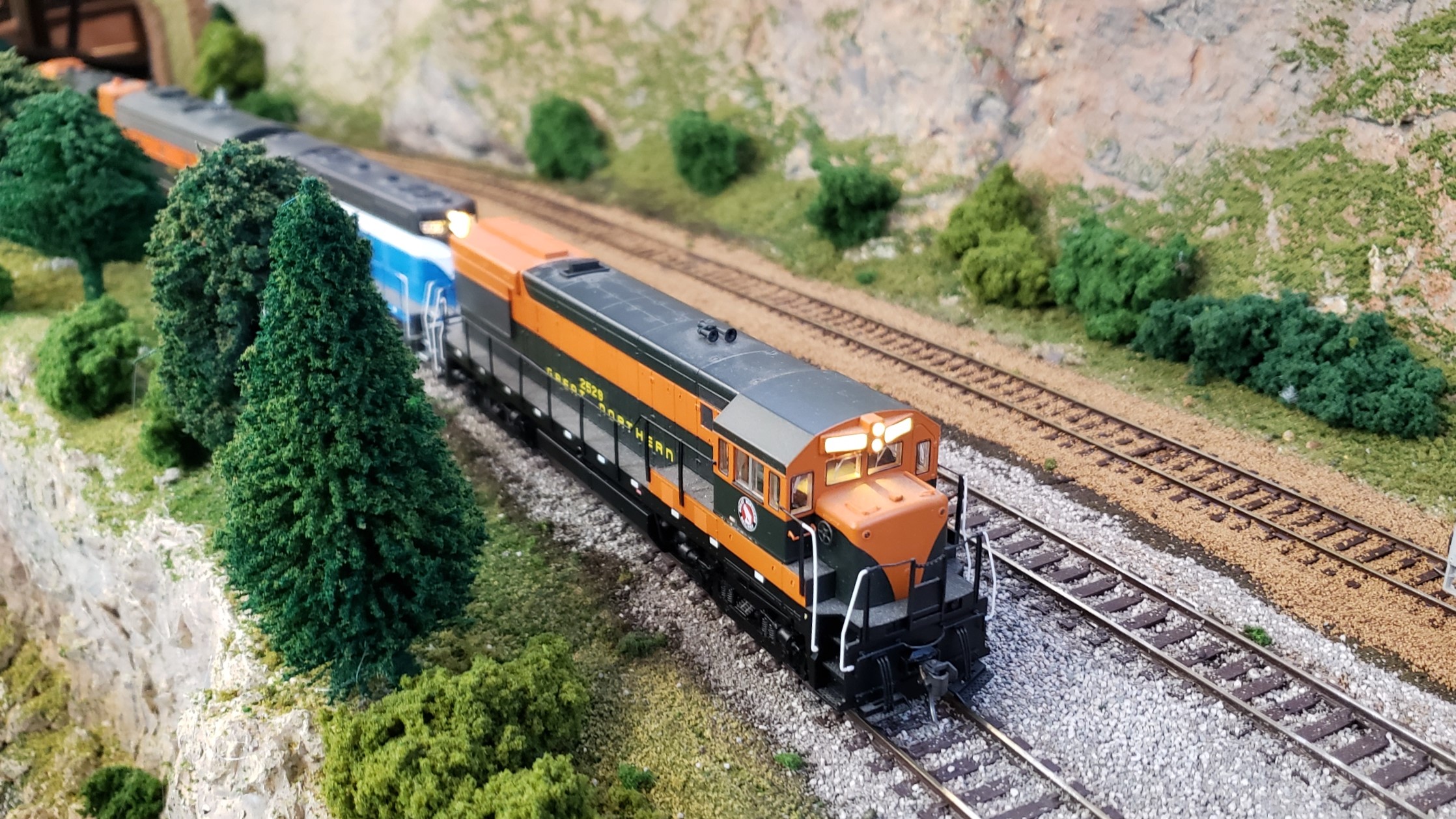

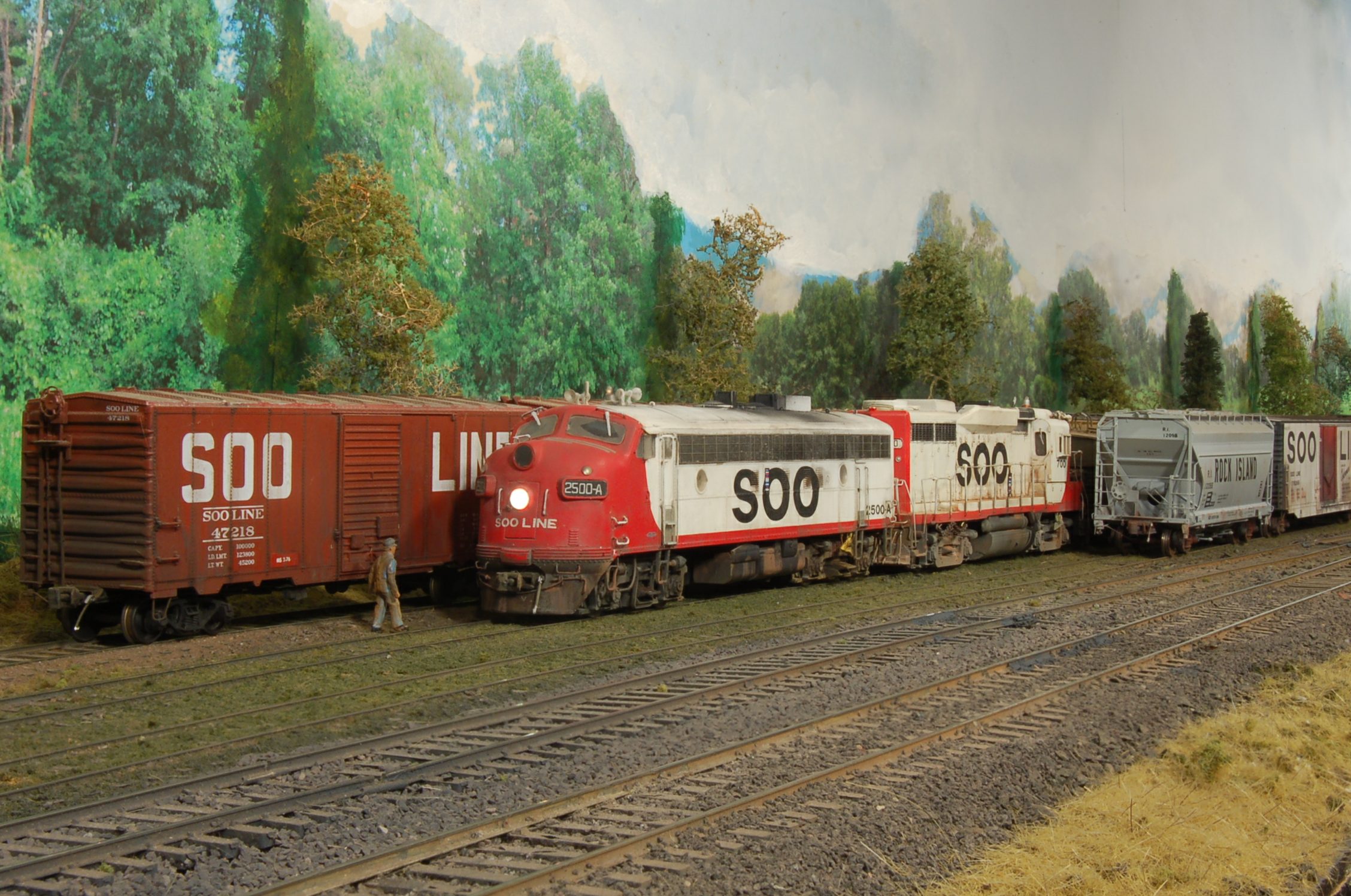
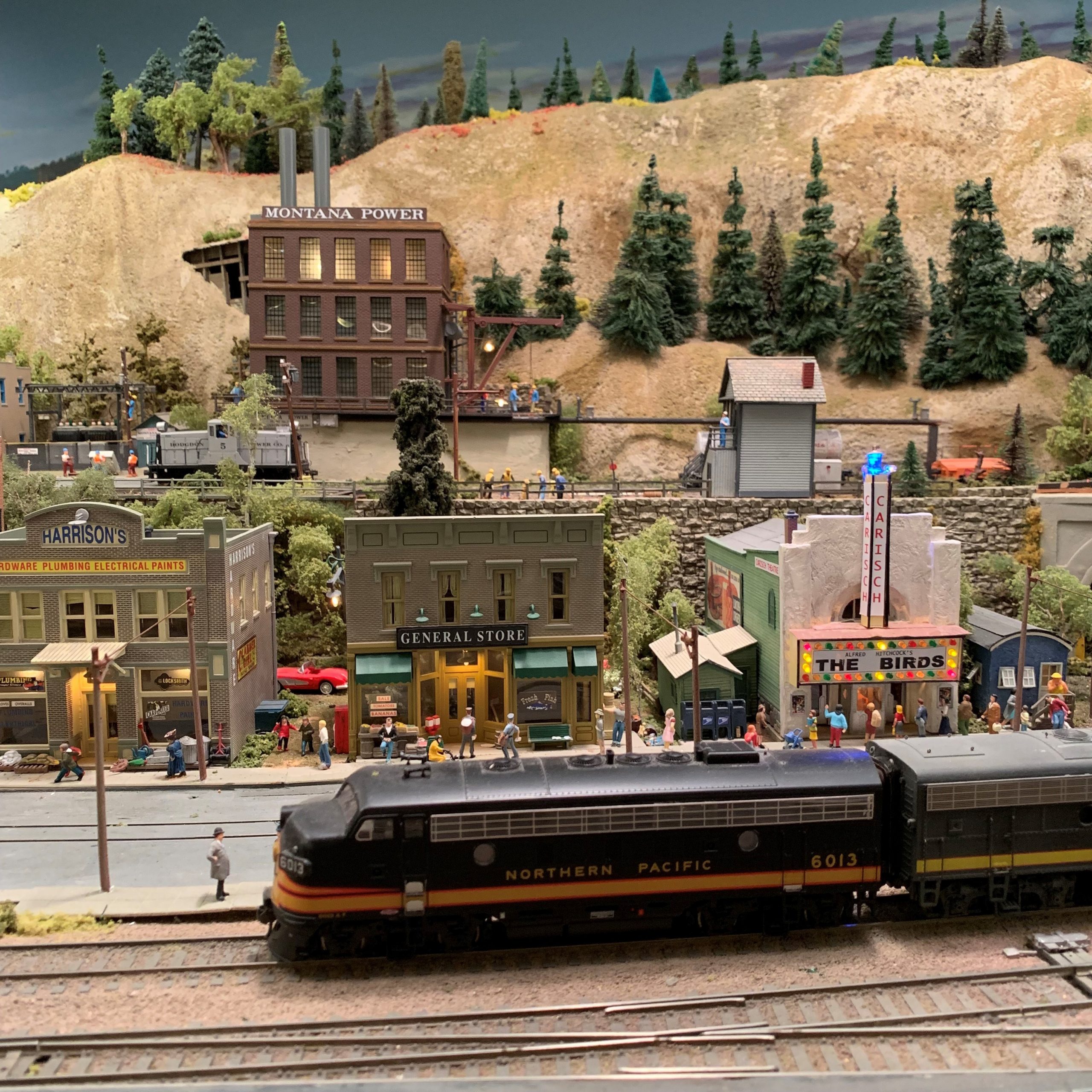
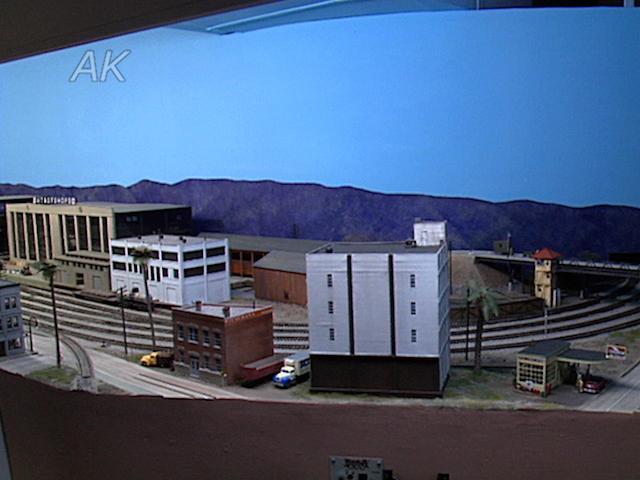

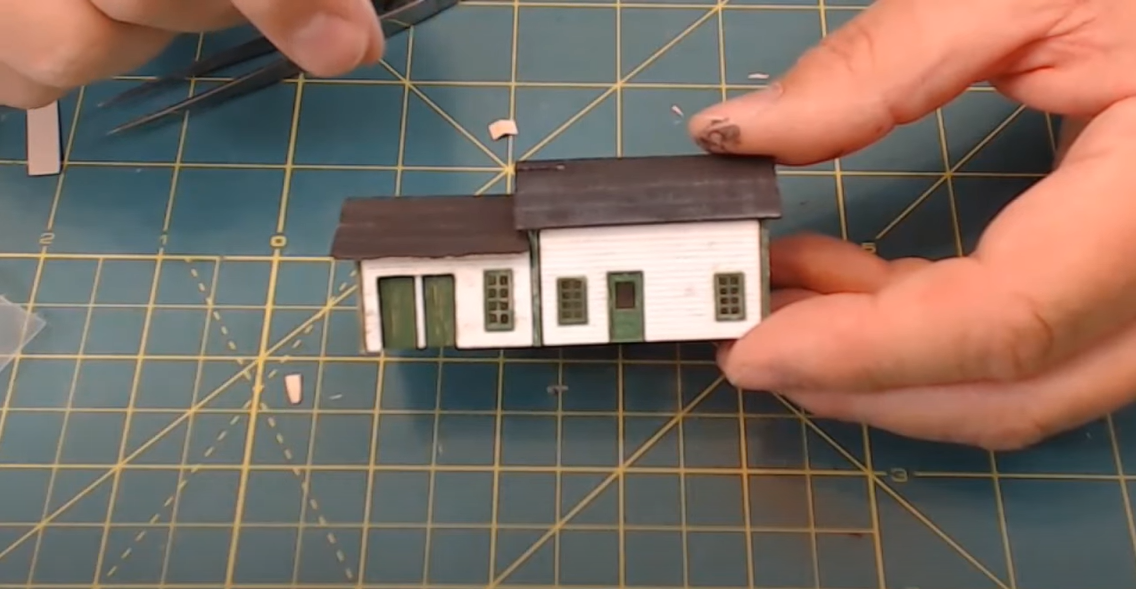
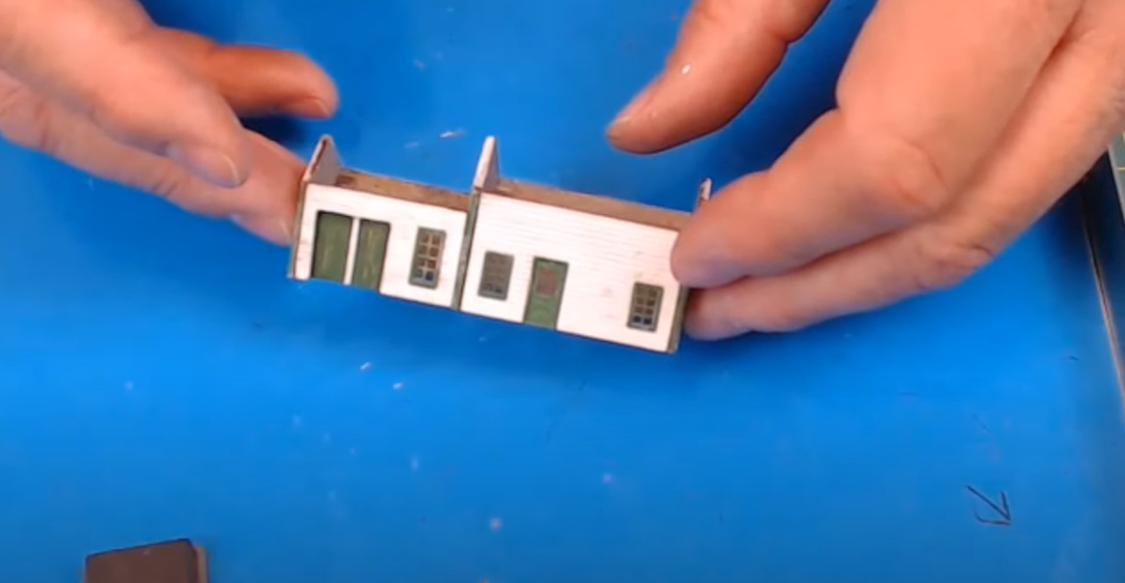
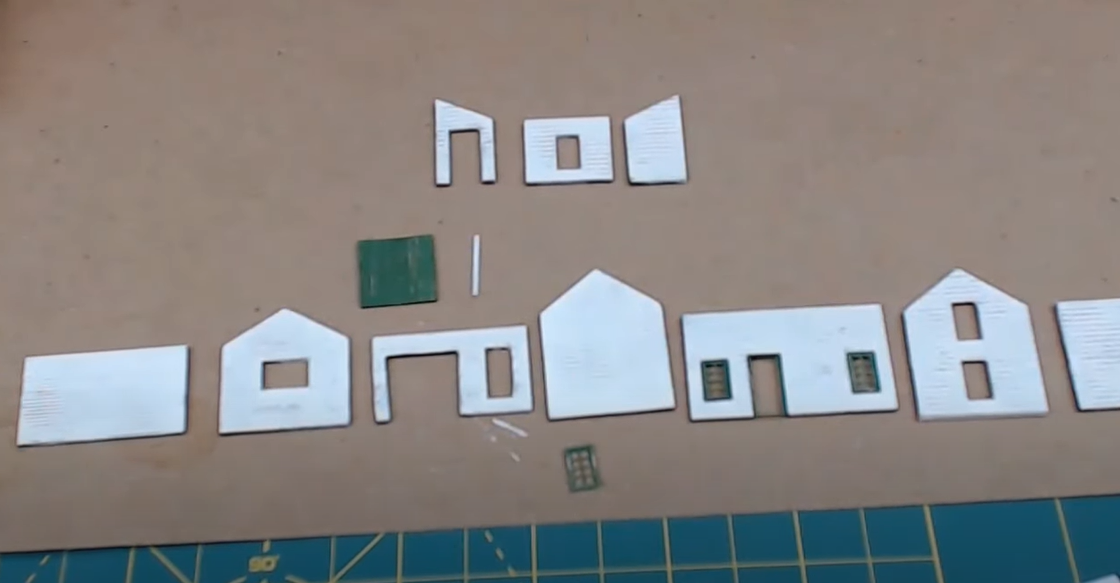
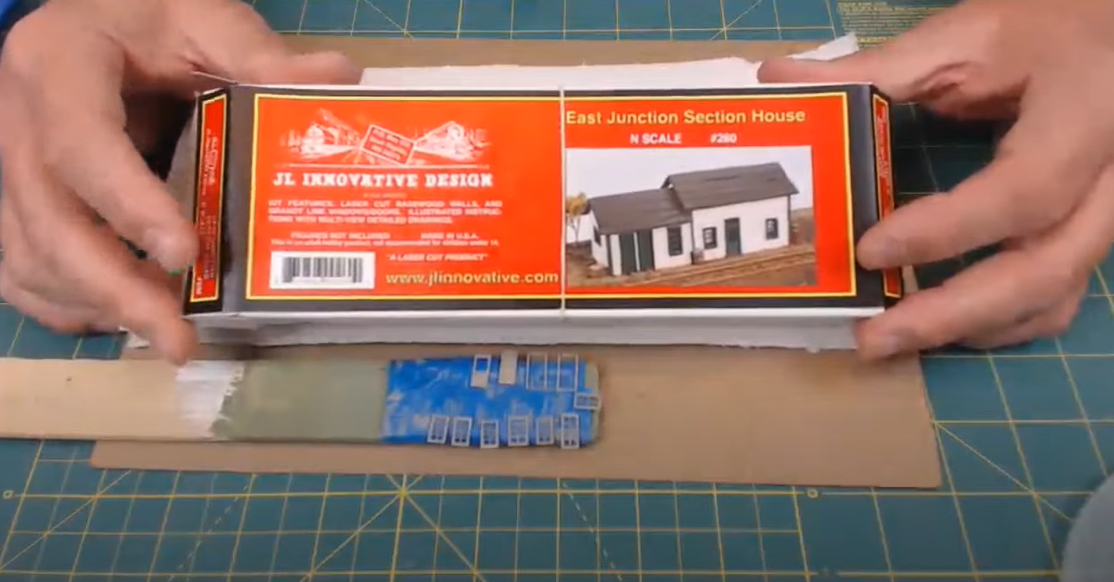
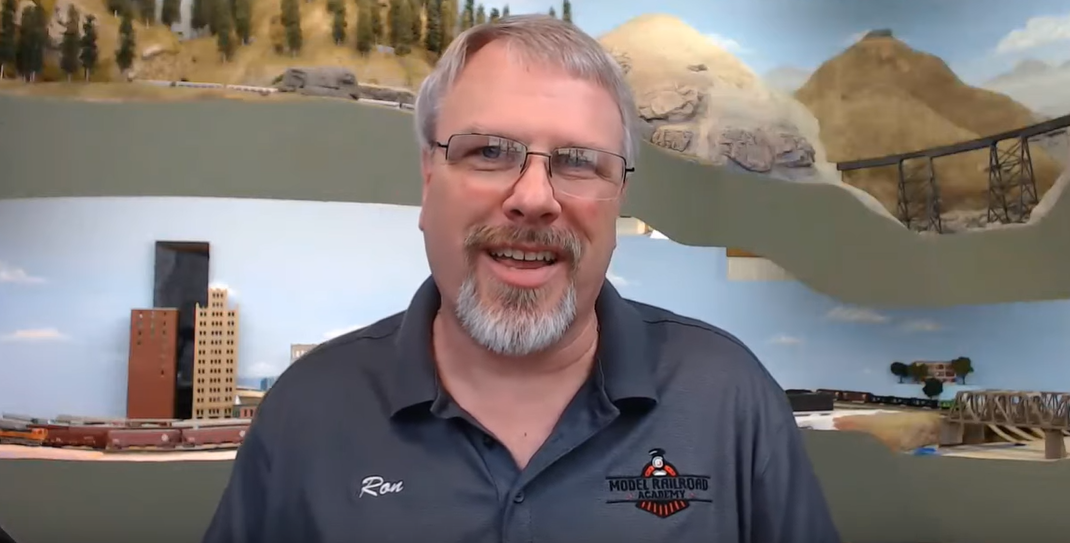
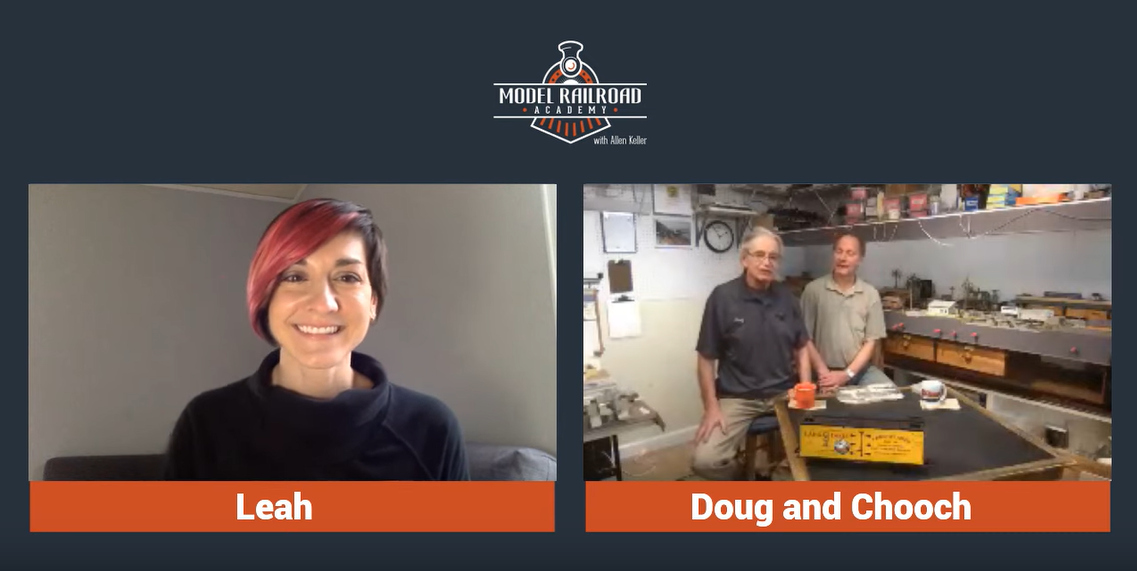
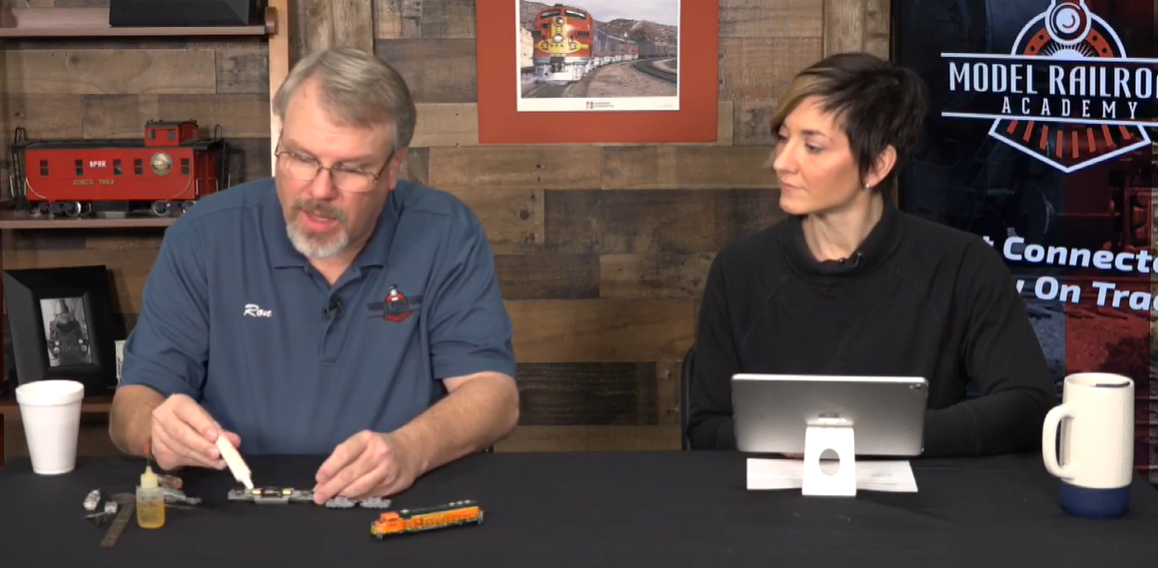
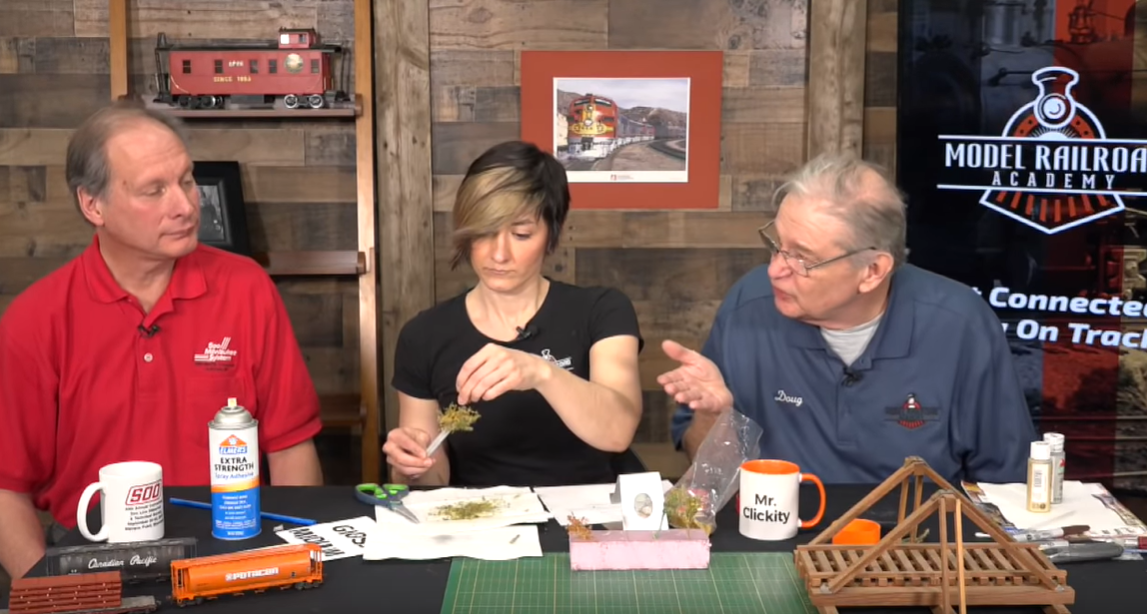
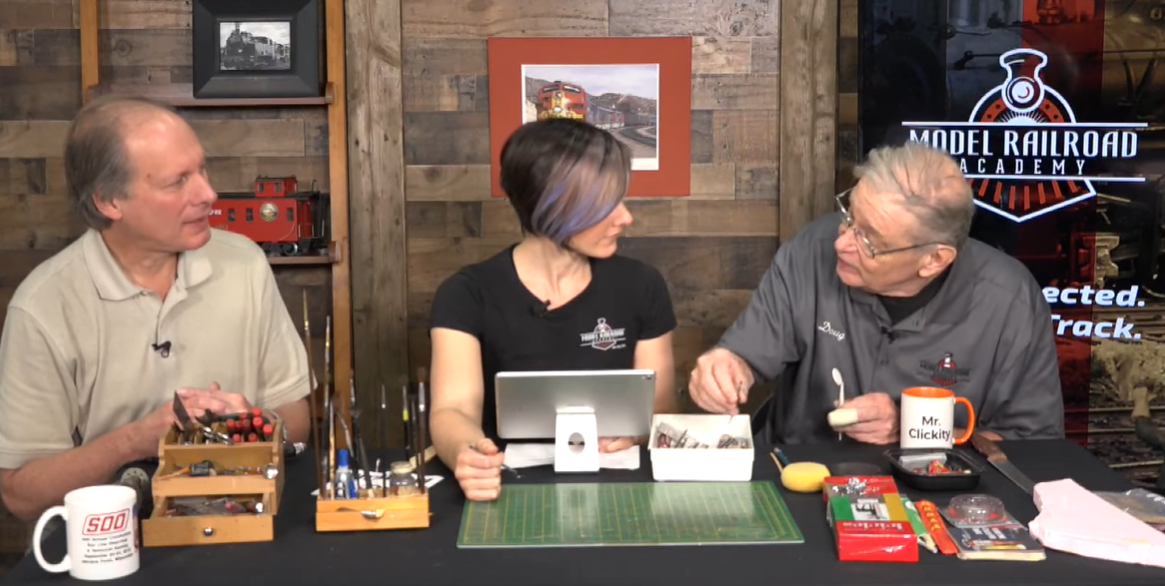
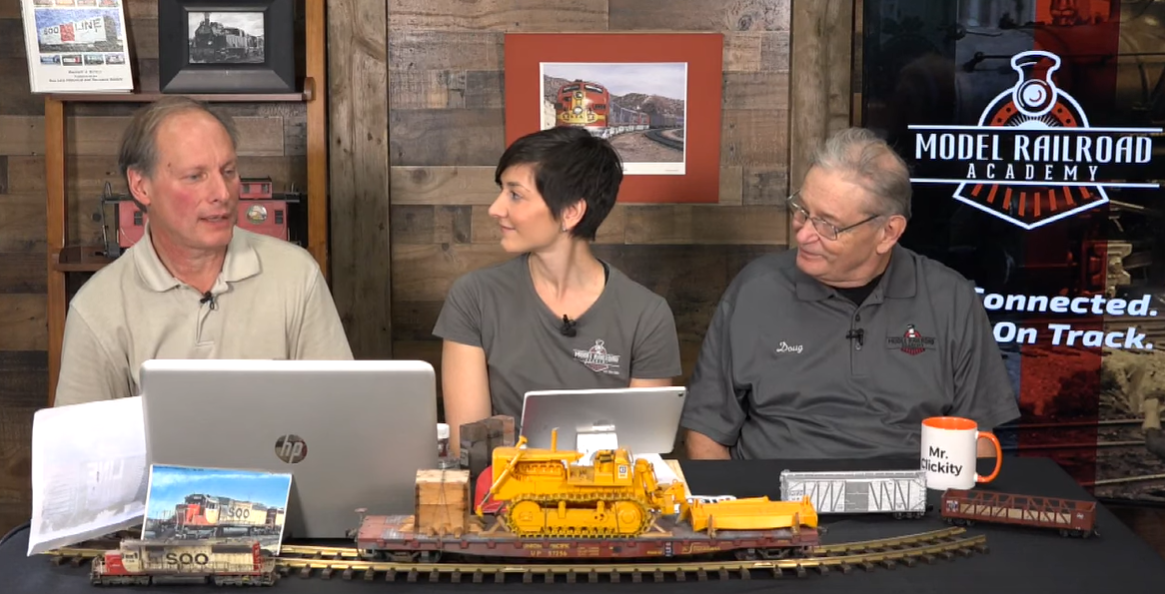
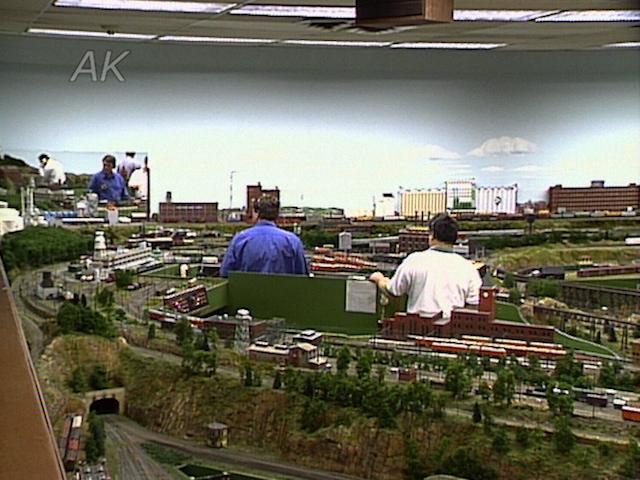
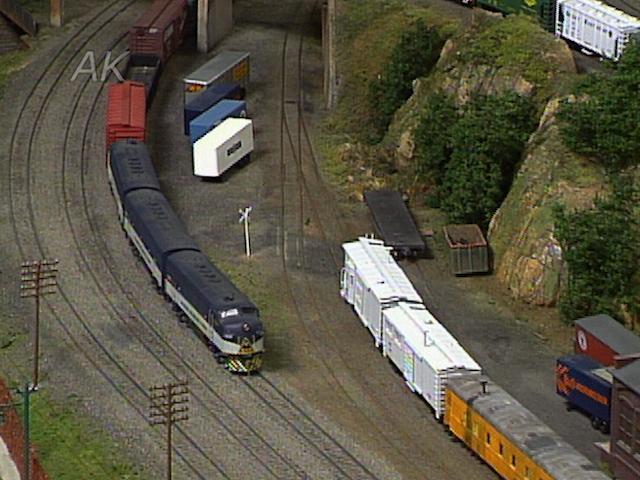



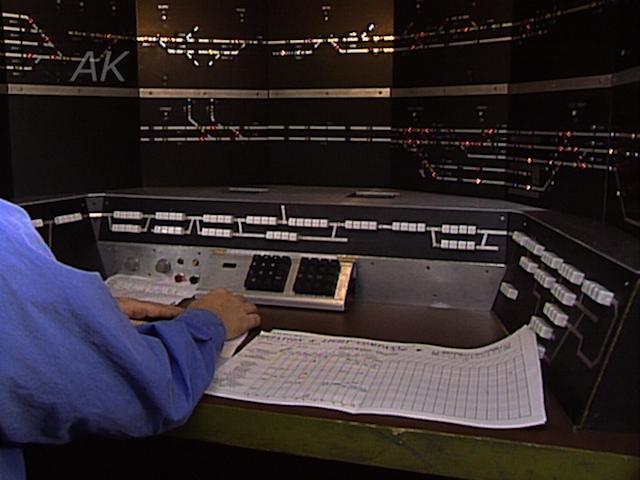
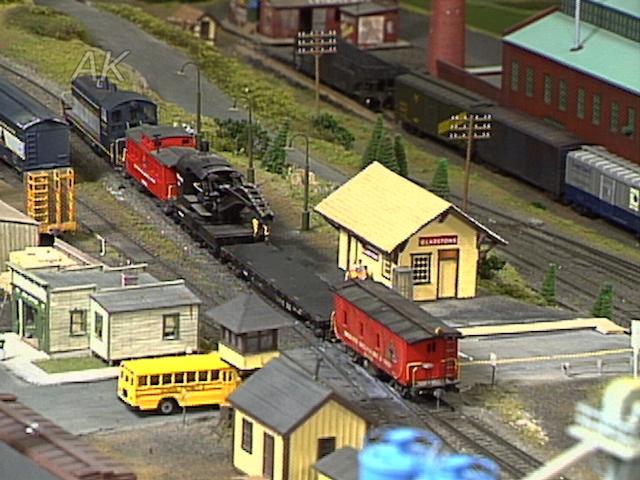
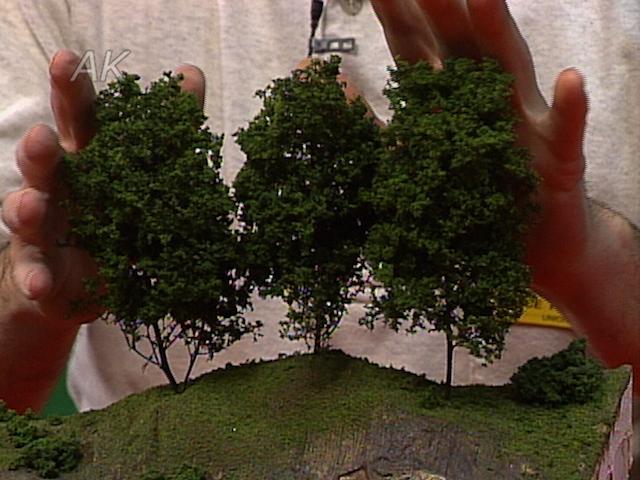
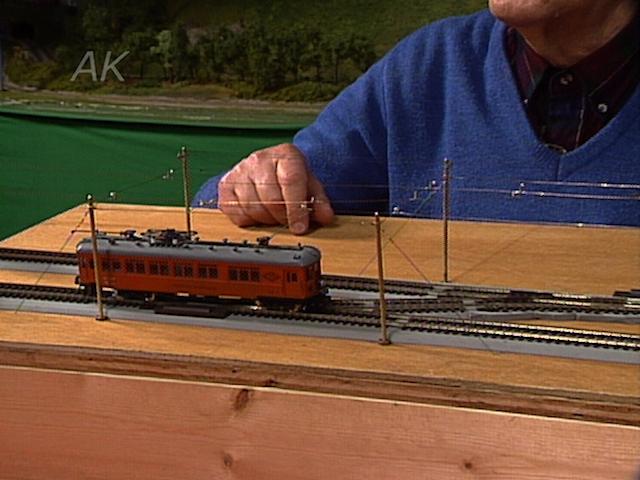
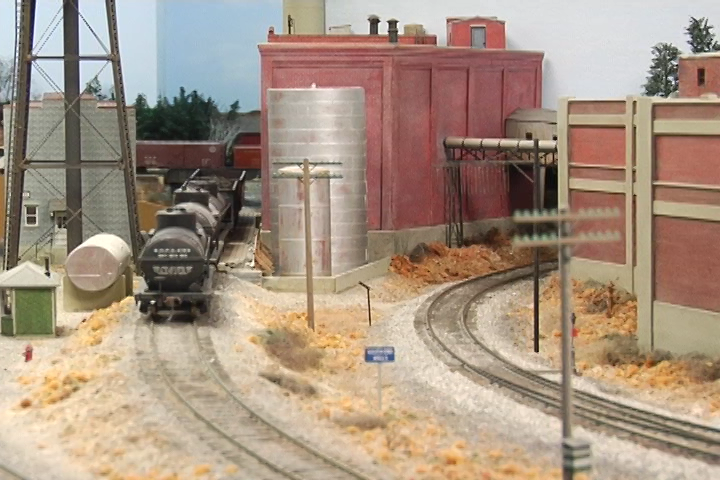
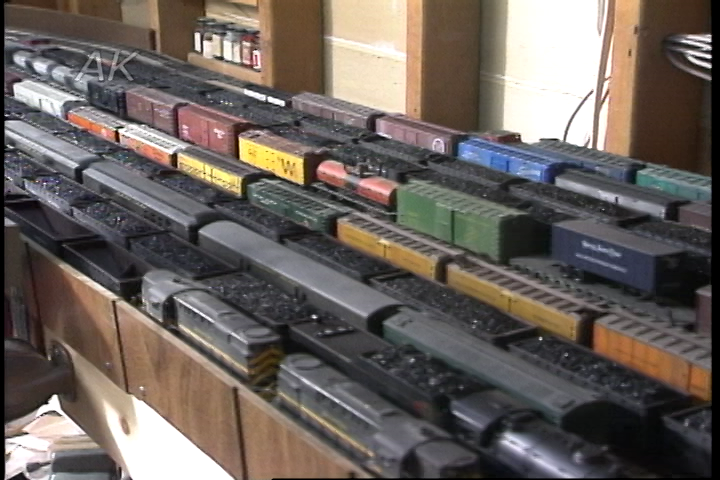
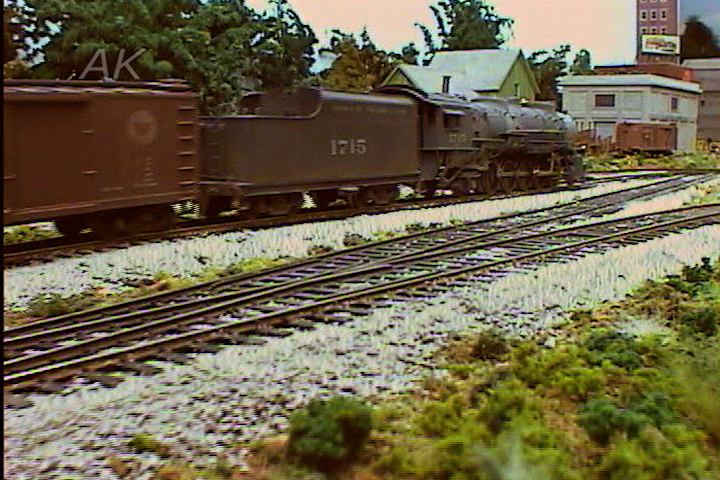
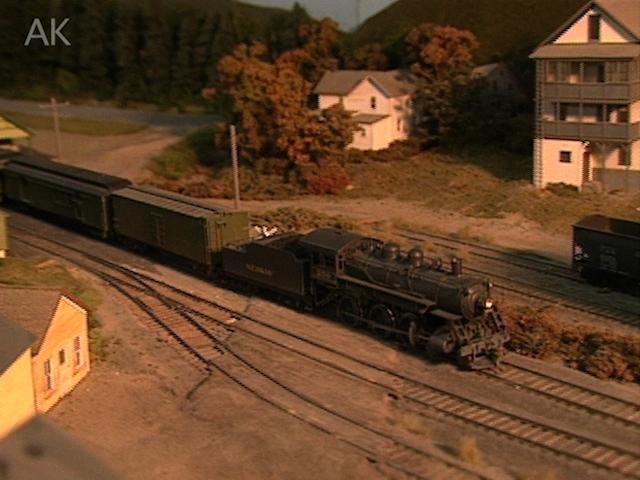
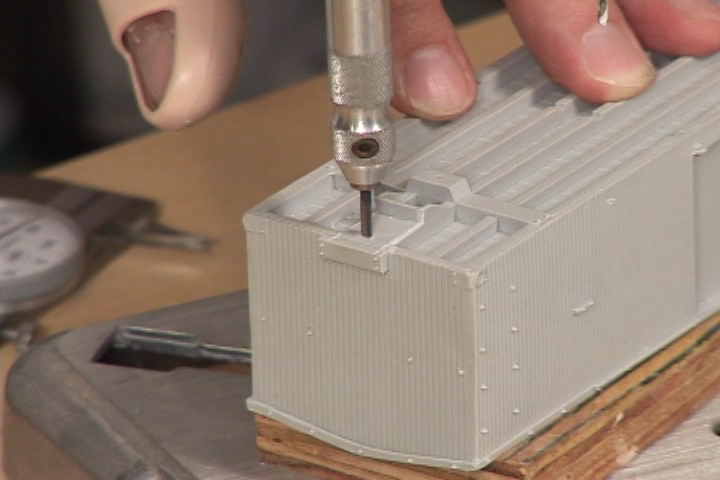

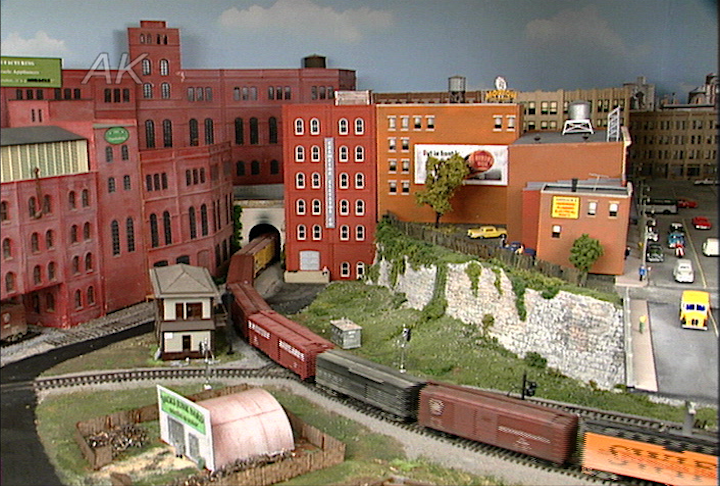
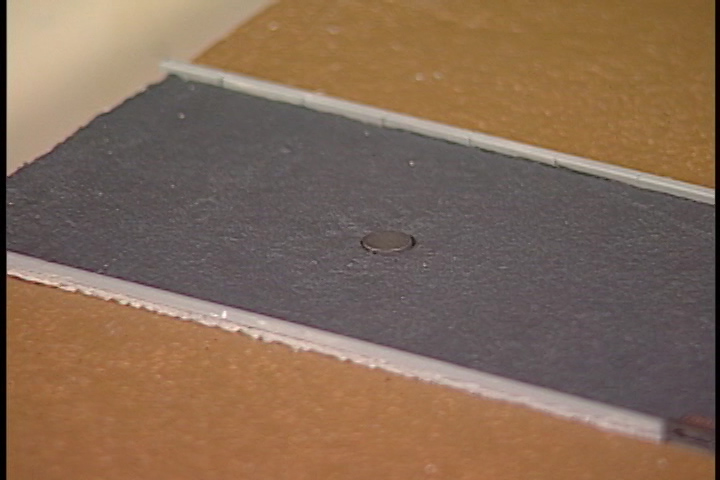


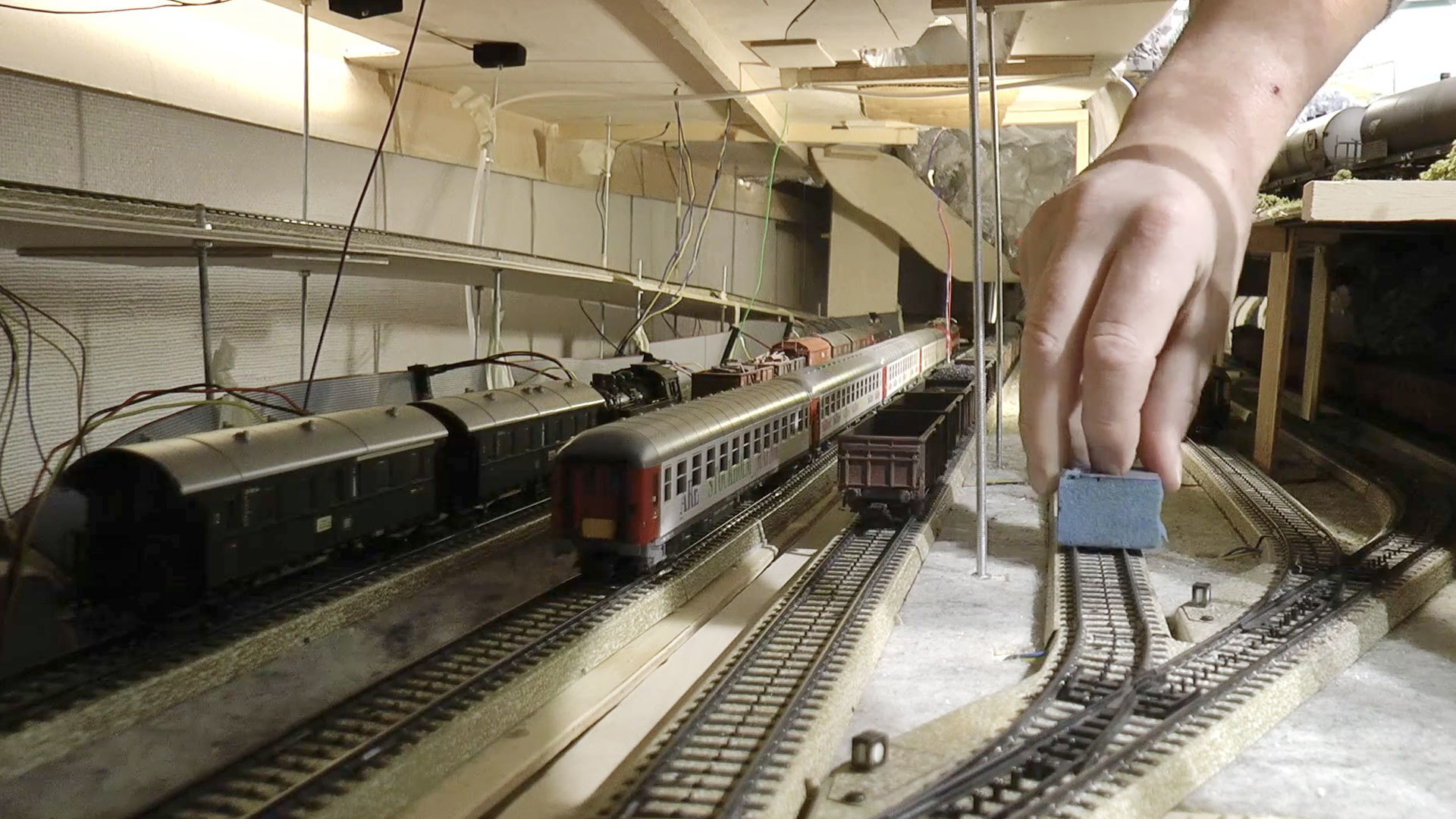
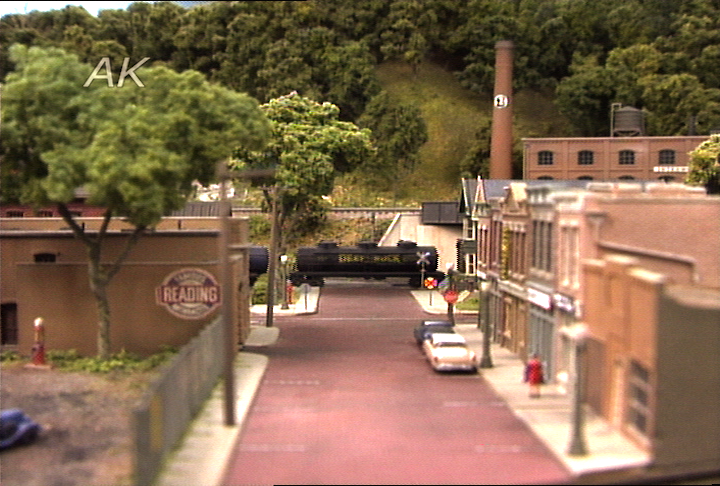
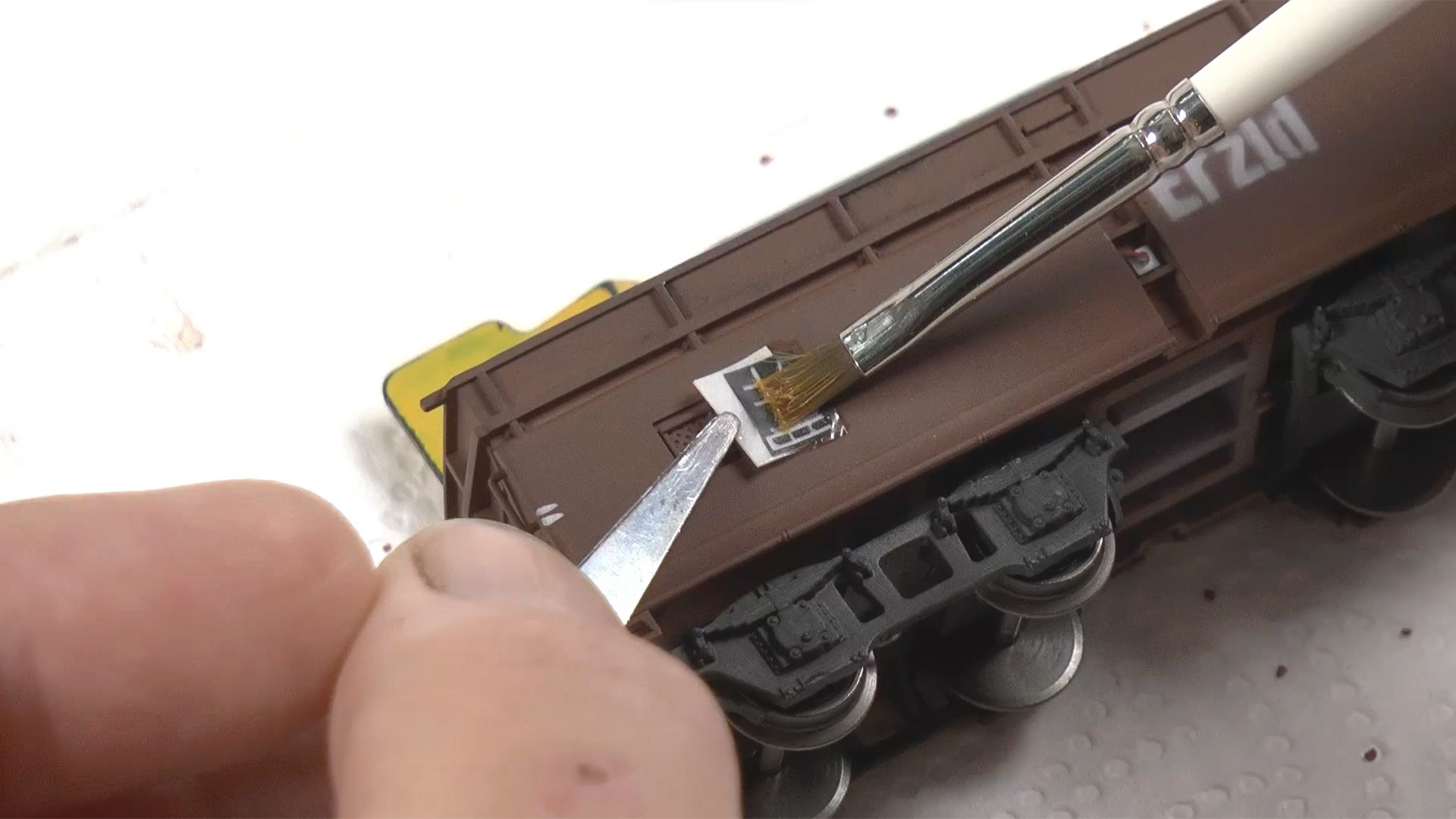
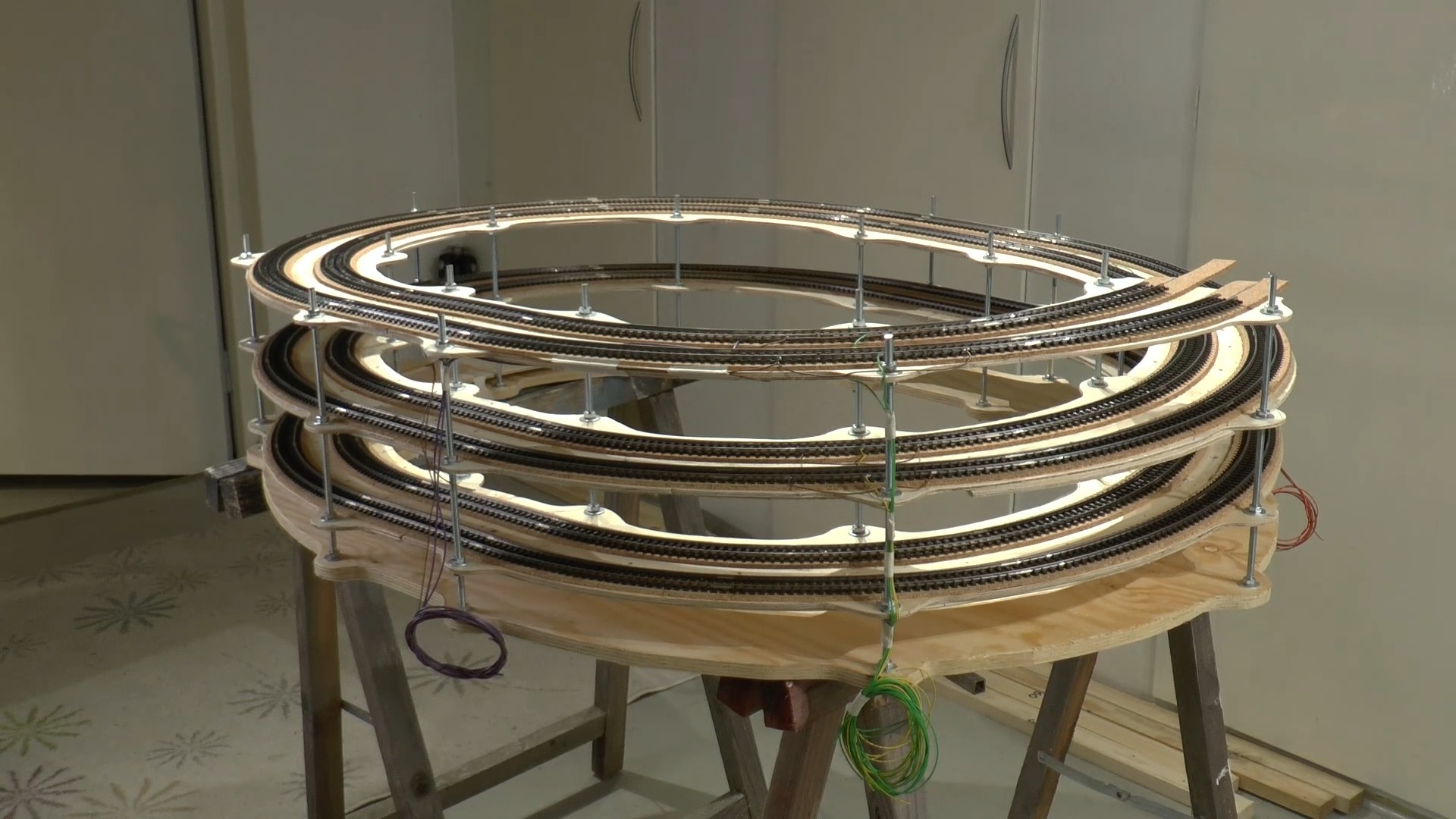
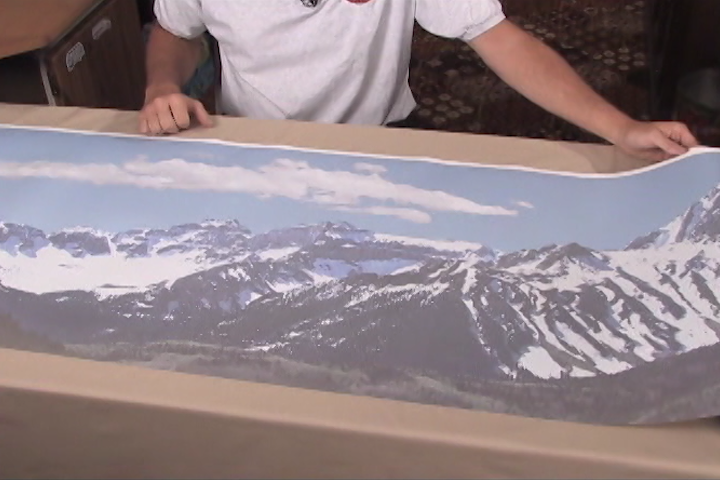
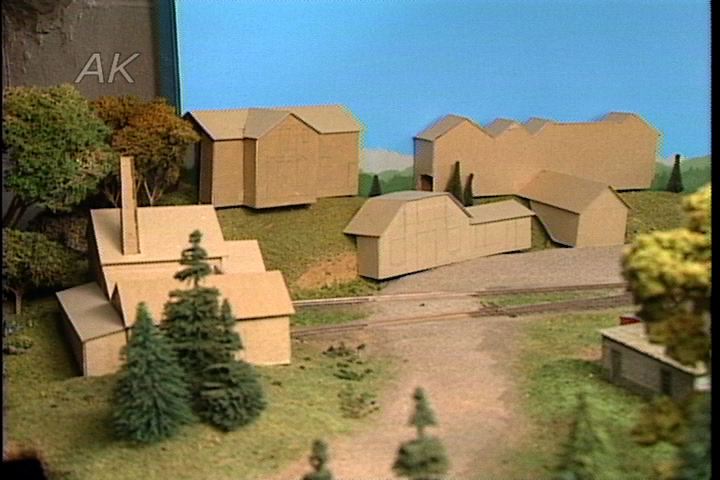

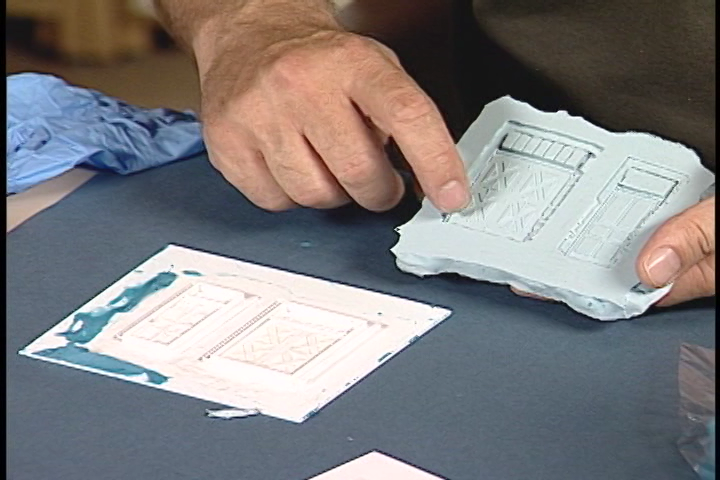
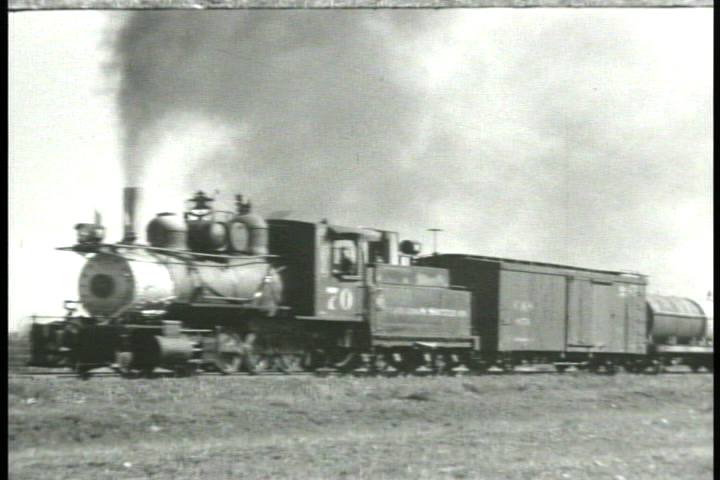

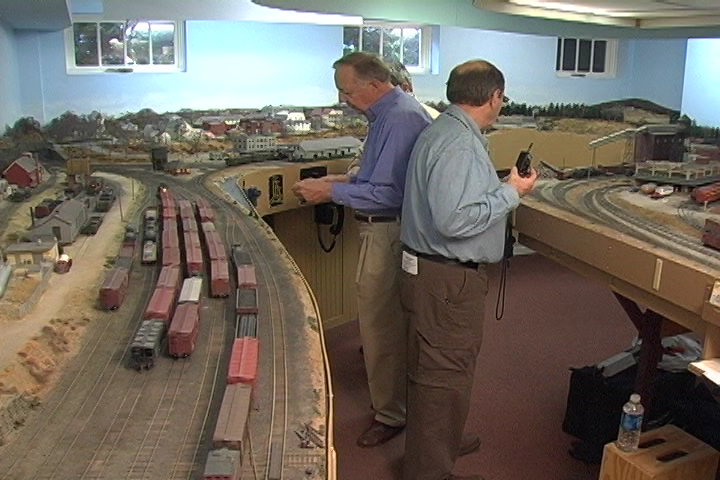
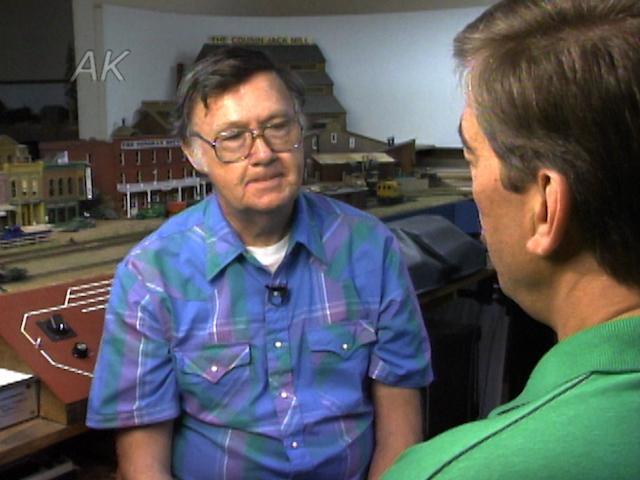

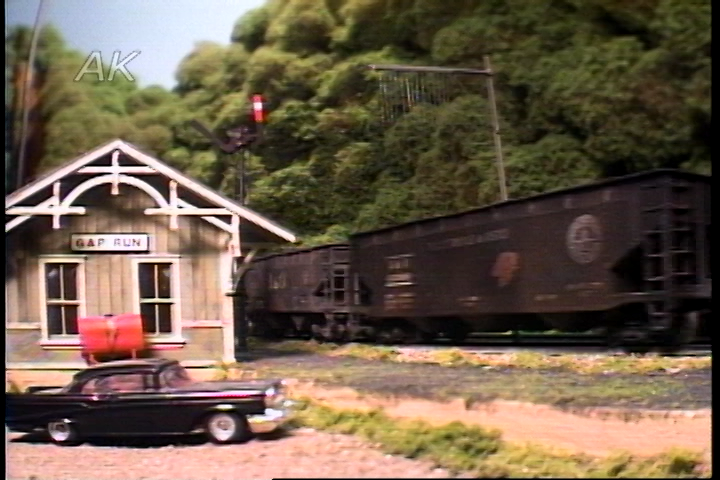

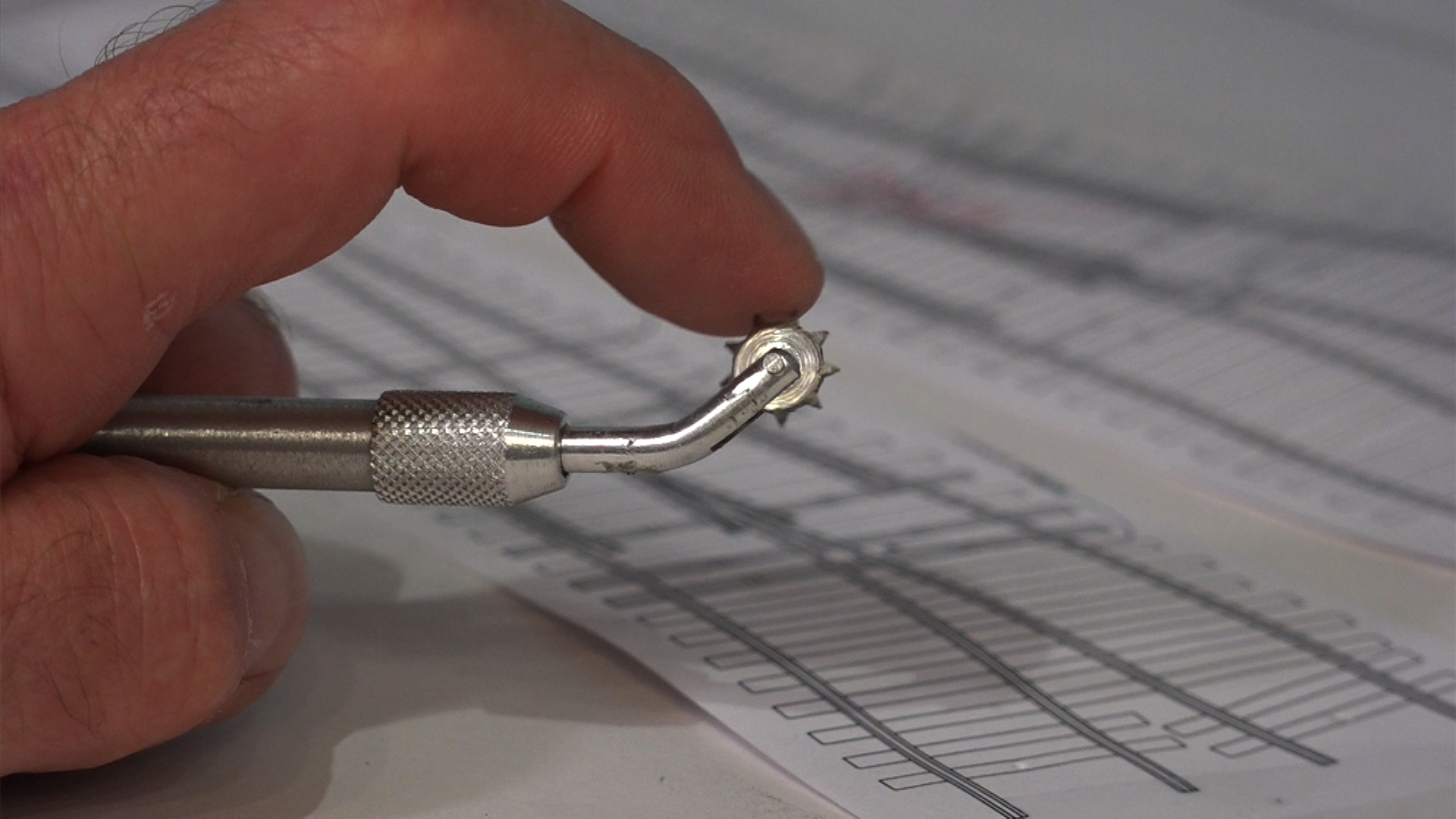
Share tips, start a discussion or ask one of our experts or other students a question.
Already a member? Sign in
No Responses to “Better Model Railroad Layout Design for Larger Scenes”